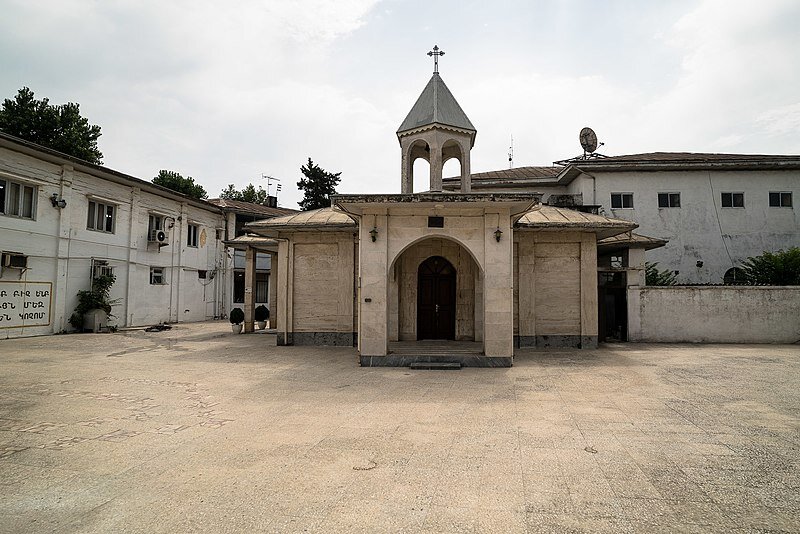Qajar-era church to undergo restoration

TEHRAN –The Qajar-era (1789-1925) Saint Mary Church in the northern port city of Bandar-e Anzali, Gilan province, is planned to undergo some rehabilitation works, the provincial tourism chief has said.
The historical church will open its doors to the public after being fully restored, Vali Jahani explained on Monday.
Iran is home to several ancient and historical churches. Christians, Jews, and Zoroastrians are the most significant religious minorities in the country, with Christians constituting the bulk.
For centuries Anzali has served as a gateway to Europe, connecting the economies of the East and West. Not surprisingly the customs authority of Anzali is at least 300 years old.
Fishing is one of the leading occupations in Anzali, which is the main producer of caviar in the country. Rice cultivation and farming are the other traditional professions of Anzali inhabitants.
Some historical attractions of the city include Pahlavi-era Mian Poshteh Palace which is now a military museum, Qajar-era (1785-1925) St. Mary Church, Anzali Clock Tower, which was originally a lighthouse, and the five-deck Mirza Kouchak Khan Cruise Ship.
Anzali Lagoon and Sorkhangol Wildlife Refuge are among the city’s top natural attractions. Anzali Lagoon divides the city into two parts and is home to various indigenous and migrant birds and fish, and also draws many tourists because of its lotus flowers and water lilies. Sorkhangol Wildlife Refuge is a heaven for birdwatchers in the wintertime.
Anzali wetland, neighboring the Caspian Sea, has long been a heaven for nature lovers and birdwatchers. Covering some 20,000 hectares, the lagoon bears international importance as being a refuge for diverse wintering water and shorebirds. It is also home to all-embracing reed beds, submerged and floating vegetation. However, the wetland, like many other of its counterparts, is suffering from environmental pollution.
ABU/
